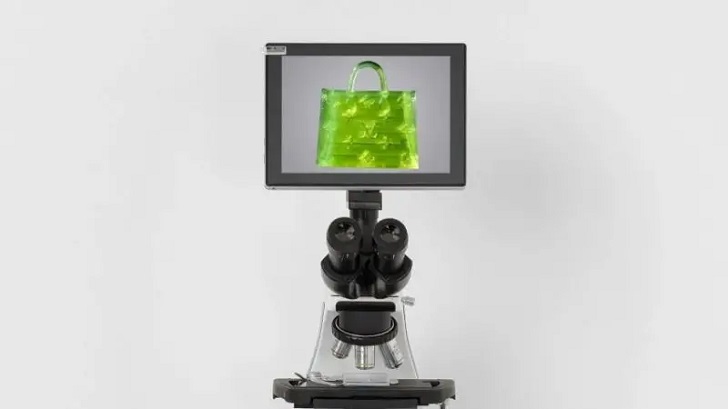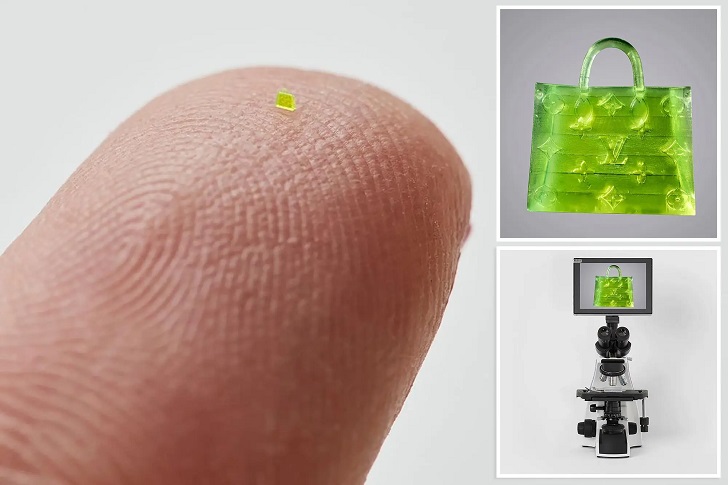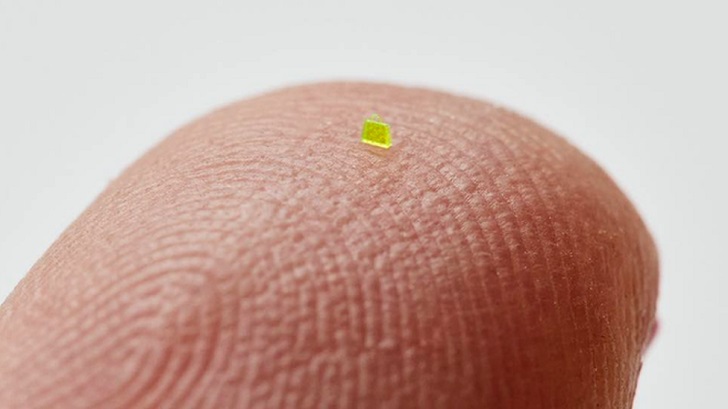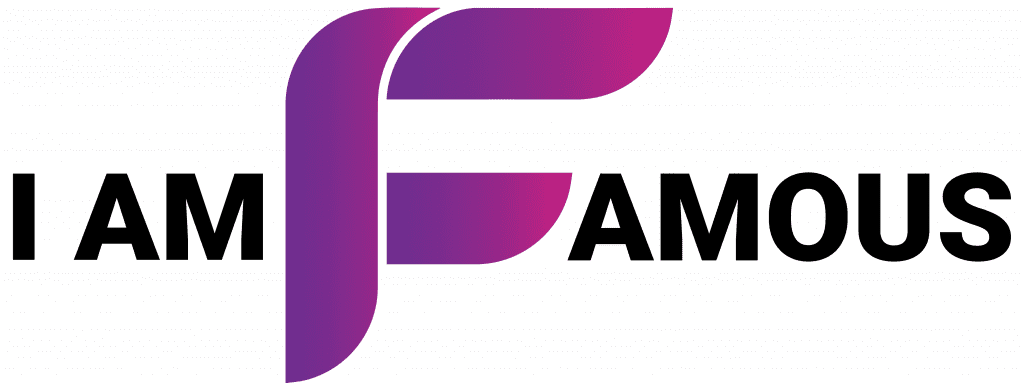In the fashion world, it seems like everything is about being bigger, better, and more grandiose. So, when MSCHF, a Brooklyn-based creative collective, decided to create a microscopic handbag, everyone was intrigued. This minuscule handbag made headlines for its unique size and the technology used to manufacture it. But there’s more to this bag than meets the eye.
Below, we’ll delve deeper into the world of the microscopic handbag, exploring its creation, inspiration, auction, functionality, and ethical implications.
Background Information
The microscopic handbag, as the name suggests, is incredibly small. It is just 2.8 inches long, 1.8 inches wide, and 0.8 inches deep. Despite its size, the bag is designed to look like a high-end piece of fashion, complete with Louis Vuitton’s signature Monogram pattern, gold-plated hardware, and a chain strap.

MSCHF’s/ Instagram | The CEO of MSCHF claimed that he designed the bag to make fun of the fashion industry’s trend toward smaller bags.
The material used to create the bag is thin slices of leather that are bonded together into a shape using a heat-sealing process.
MSCHF’s Inspiration for the Bag
The idea for the microscopic handbag came from Pharrell Williams, known for his love of large hats. MSCHF wanted to create the smallest bag they could, which led to the creation of the microscopic handbag.
Although the bag looks like a Louis Vuitton product, the collective did not seek permission from the brand to create the design, which raises ethical concerns about designers copying luxury brands without their permission.
Auction
MSCHF partnered with Joopiter to auction the bag, a blockchain-based platform specializing in rare and one-of-a-kind digital, physical, and virtual art. The winning bid for the bag was $26,000, surpassing the initial estimate of $10,000 to $15,000.

MSCHF/ NYPost | The bag measures at just micrometers
The buyer, who chose to remain anonymous, now owns a piece of fashion history representing the trend of tiny accessories and the value of luxury brands in the fashion industry.
The Bag’s Functionality
The microscopic handbag is undoubtedly a unique accessory, but it raises the question of its functionality. Unlike bigger handbags, the microscopic version has limited space to store items, making it more of a brand signifier than a functional accessory.
Compared to Louis Vuitton’s OnTheGo bags, which are much larger and more versatile, the microscopic handbag doesn’t provide much practicality. Despite this, people still purchase luxury fashion items, such as the microscopic handbag, for their social status and exclusivity.
Ethical Implications
The creation and auctioning of the handbag also raise ethical questions about how much designers should be allowed to copy other luxury labels.

Alys Davies/ BBC | The microscopic handbag is smaller than a grain of salt
As it stands, Louis Vuitton has not taken any legal action against MSCHF for creating the bag, but this does not change the fact that it is a copy of their iconic Monogram pattern. These ethical concerns about brand copying suggest that luxury labels should be more vigilant when Creating and auctioning.
Conclusion
In conclusion, the handbag’s creation and auction generated a lot of buzz in the fashion world thanks to MSCHF’s unique approach. The bag’s tiny size and technology make it a one-of-a-kind piece, and the auction’s high sale price is a testament to luxury brands’ value in our society. However, the bag’s ethical implications regarding imitating luxury brands without permission remain controversial.





